Cement
A Box Made with Stones in Some Kind of Cement.
&
Cities and Houses Made of Cement
Joseph Smith recorded the following:
“... The box in which they, [the book of Mormon plates], lay was formed by laying stones together in some kind of cement. In the bottom of the box were laid two stones crossways of the box, and on these stones lay the plates and the other things with them.” (Joseph Smith—History 1:52)
----------------------
The Book of Mormon records that the Nephites were expert in the working of cement and they did build houses of cement.
“And there being but little timber upon the face of the land, nevertheless the people who went forth became exceedingly expert in the working of cement; therefore, they did build houses of cement, in the which they did dwell.” (Helaman 3:7) About 49-46 BC
“And the people who were in the land northward did dwell in tents, and in houses of cement, and they did suffer whatsoever tree should spring up upon the face of the land that it should grow up, that in time they might have timber to build their houses, yea, their cities, and their temples, and their synagogues, and their sanctuaries, and all manner of their buildings.” (Helaman 3:9) About 49-46 BC
“And thus, they did enable the people in the land northward that they might build many cities, both of wood and of cement.” (Helaman 3:11) About 45-43 BC
----------------------
Why did Joseph Smith claim that he found a box made with stones laid in cement?
Why did the Book of Mormon, [1830 publication], claim that these ancient Book of Mormon people use and built houses and cities with cement? When, even in the 1920’s, educated scholars of the world taught, believed and understood that the “ancient inhabitants of the Western Hemisphere knew nothing about cement”.
----------------------
In 1929, President Heber J. Grant told the following story;
"When I was a young unmarried man, another young man who had received a doctor's degree ridiculed me for believing in the Book of Mormon. He said that one lie in the Book of Mormon is that the people had built their homes out of cement and that they were very skillful in the use of cement. He said there had never been found, and never would be found, a house built of cement by the ancient inhabitants of this country, because the people in that early age knew nothing about cement. He said that should be enough to make one disbelieve the book.
I said: 'That does not affect my faith one particle. I read the Book of Mormon prayerfully and supplicated God for a testimony in my heart and soul of the divinity of it, and I have accepted it and believe it with all my heart.' I also said to him, 'If my children do not find cement houses, I expect that my grandchildren will'" (Heber J. Grant, Conference Report, April 1929, p. 129)
----------------------
In 1973, David S. Hyman, Civil engineer, published in the American Anthropologist the following:
“I collected a comprehensive number of concrete, stucco, and mortar samples from many important sites throughout Mexico and Central America including about a dozen representative specimens at Teotihuacán. These were subjected to load tests, chemical, petrographic, x-ray diffraction, and other analyses... All cements proved to be pure or nearly pure calcium carbonate. Extreme hardness and durability of the finished concrete slab or stucco had been accomplished by purity of cement, incredible skill in proportioning and mixing with the aggregates and, in some cases, by the use of additives and surface hardeners.
…My earliest [dated] samples were of the highest quality at this site, the products of a sophisticated technology, while specimens taken from later periods were increasingly lower in quality. Indeed, it was the excellence of the concrete and stucco in the early Classic periods, [200-600 AD], both here [at Teotihuacán] and in the Oaxaca Valley, [Mexico]….” (Davie S. Hyman, Cement at Teotihuacán)
----------------------
El Tajín Mexico, Dated approximately 100 AD to 1150 AD 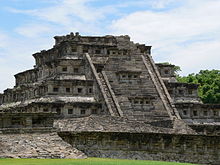 "This pyramid has as a number of names including, El Tajín, Pyramid of Papantla, Pyramid of the Seven Stories and the Temple of the Niches. The building is mostly constructed of carefully cut and crafted flagstones, the largest of which is estimated to be about eight metric tons in weight. The stones... are fitted together... [with], lime and earth mortar. The structure originally was covered in stucco which served as the base for paint." (Wikipedia, 2014, El Tajín, Mexico)
"This pyramid has as a number of names including, El Tajín, Pyramid of Papantla, Pyramid of the Seven Stories and the Temple of the Niches. The building is mostly constructed of carefully cut and crafted flagstones, the largest of which is estimated to be about eight metric tons in weight. The stones... are fitted together... [with], lime and earth mortar. The structure originally was covered in stucco which served as the base for paint." (Wikipedia, 2014, El Tajín, Mexico)
Rock and cement structures at El Tajín Mexico. - "stones...fitted together... [with], lime and earth mortar".
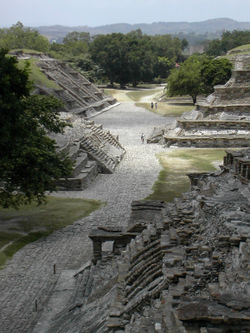
Cement residential buildings at El Tajín Mexico.
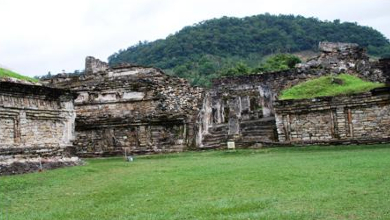
----------------------
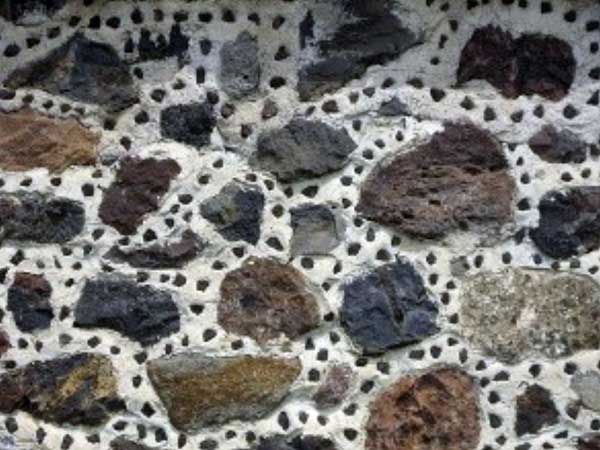 "Cities" built with "Cement" Teotihuacán, Mexico, dating back to the Book of Mormon time period.
"Cities" built with "Cement" Teotihuacán, Mexico, dating back to the Book of Mormon time period.
----------------------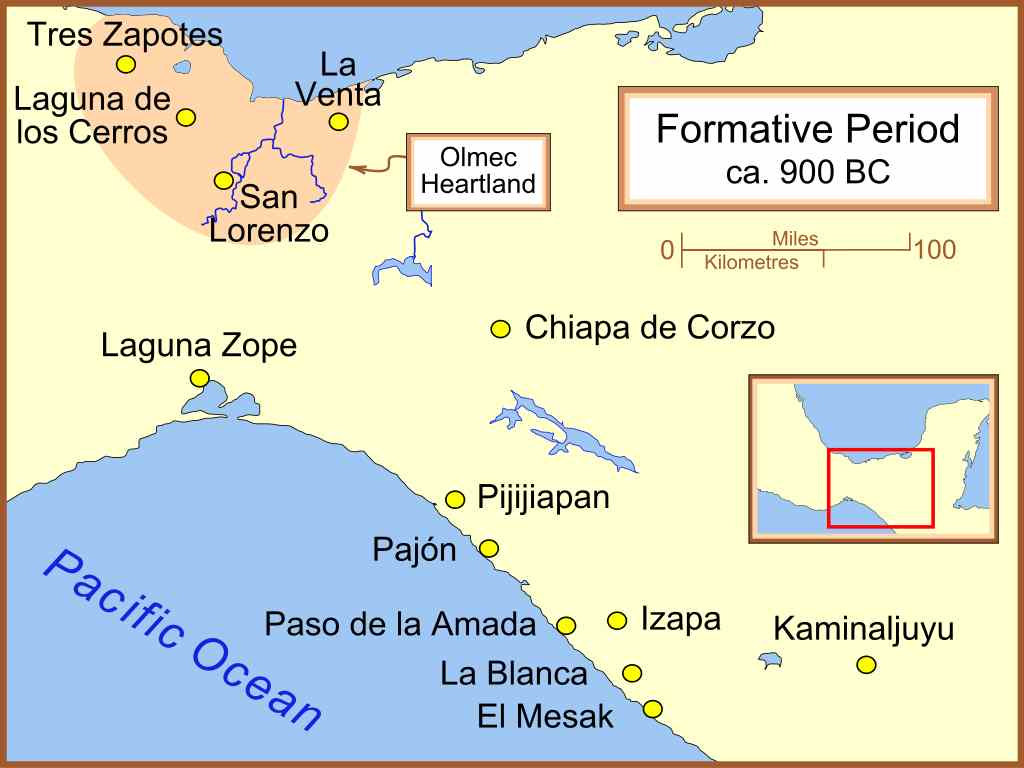
<< Cement ruins near Chiapa de Corzo, 1200 BC to 600 BC
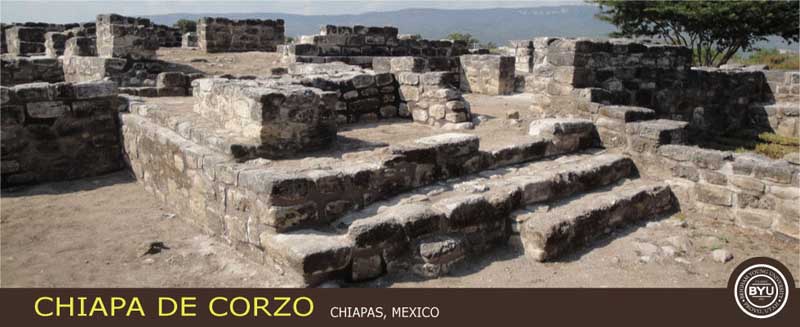 << Cement ruins near Chiapa de Corzo, 1200 BC to 600 BC
<< Cement ruins near Chiapa de Corzo, 1200 BC to 600 BC
(Brigham Young University, INAH-Chiapas, and Mexico's UNAM)
----------------------
"We find no evidence of the use of cement in South America, but the minute you go north... in the Panamanian area... cement shows up in all their construction work. The ancient cement was far superior to any cement we have today" (Jack H. West, The Trial of the Stick of Joseph, P. 110)
There is no evidence of the use of cement in South America or in the United States dating back to the Book of Mormon time period. (Other than the "stone Box" that Moroni deposited the Book of Mormon plated within.)
The only place that cement buildings have been found dating back to the Book of Mormon time period is in Mesoamerica.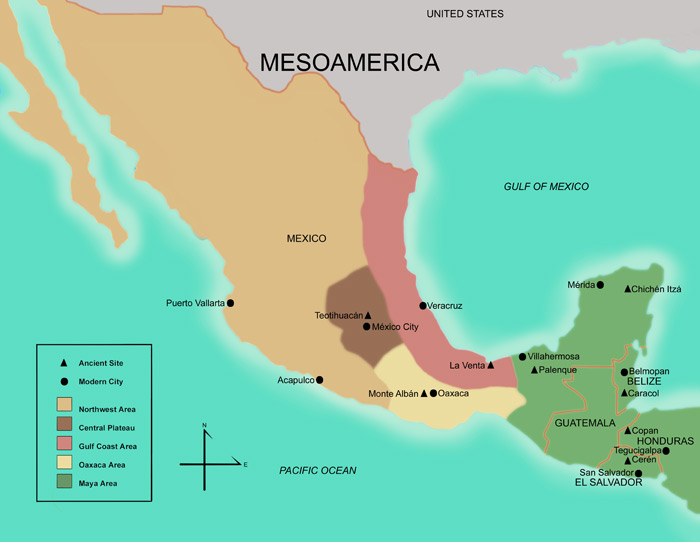
.......................
When Did Cement Become Common in Ancient America? (Book of Mormon Central #174) (1:24 min.)
Cement! (Book of Mormon Central #103) (3:45 min.)
...